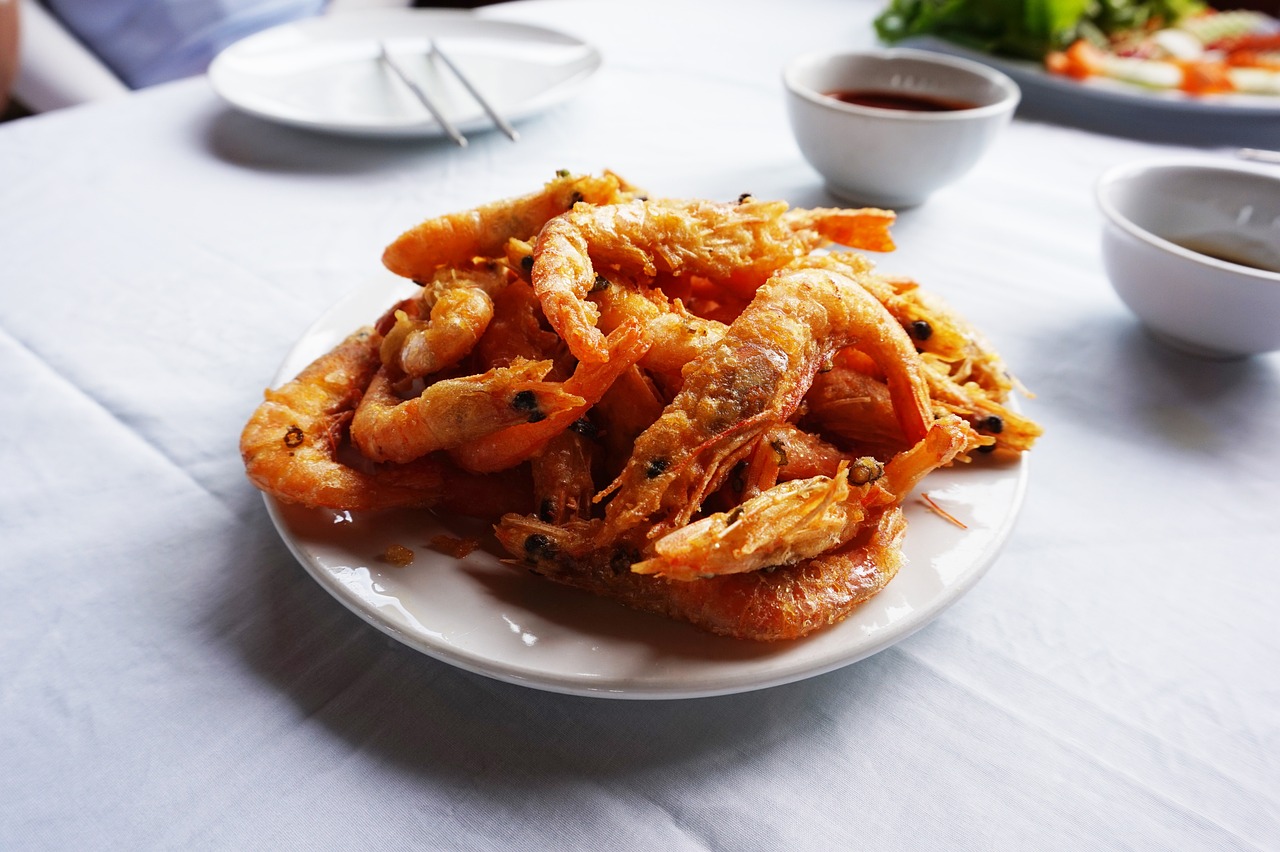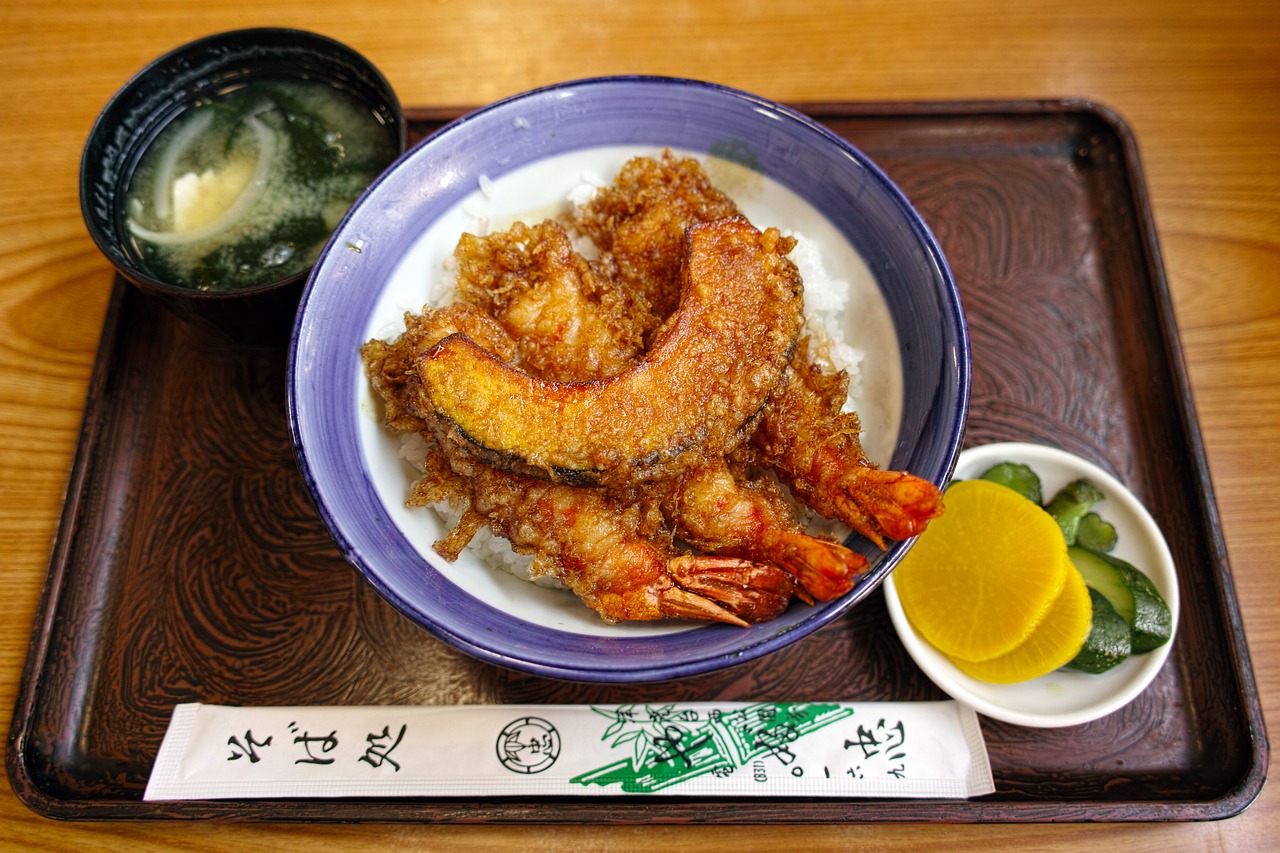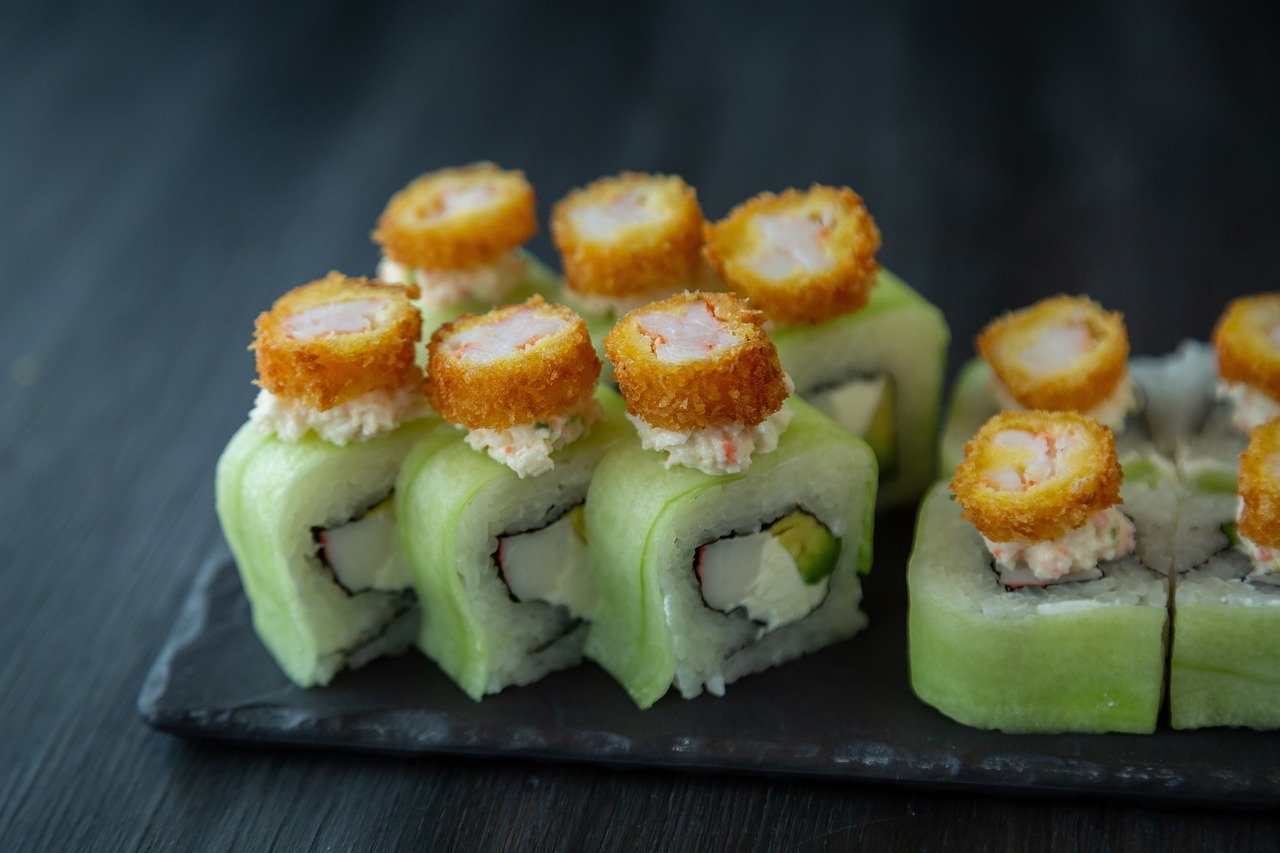Japanese Tempura: Crispy Fried Seafood and Vegetables

Japanese Tempura is a delightful dish that tantalizes the taste buds with its crispy fried seafood and vegetables. Originating in Japan, tempura is renowned for its light and airy batter that perfectly coats an array of ingredients before being fried to golden perfection. This traditional cuisine has captivated food enthusiasts worldwide with its unique texture and flavors.
- History of Tempura
- Ingredients Used in Tempura
- Techniques for Making Perfect Tempura
- Popular Tempura Variations
History of Tempura
When delving into the fascinating history of tempura, we are transported back to the 16th century, a time when Portuguese missionaries first introduced this cooking method to Japan. The word "tempura" itself is believed to have originated from the Latin phrase "quattuor tempora," meaning Ember Days, which were religious fast days when meat was prohibited. This connection highlights the influence of the Catholic missionaries on Japanese culinary practices.
Initially, tempura was primarily associated with fritters made from vegetables and seafood. However, over time, the Japanese refined and perfected the technique, incorporating their own ingredients and flavors to create the crispy and light tempura we know today. This evolution marked the beginning of tempura's journey from a foreign novelty to a beloved traditional dish in Japan.
The delicate art of tempura frying was further refined during the Edo period, where it gained popularity among the common people as a street food delicacy. Tempura shops began to emerge, offering freshly fried morsels of seafood and vegetables coated in a light, airy batter. This period marked the widespread acceptance and integration of tempura into Japanese cuisine, solidifying its place as a culinary staple.
Ingredients Used in Tempura
When it comes to creating authentic and delicious tempura, the choice of ingredients plays a crucial role in achieving that perfect balance of flavors and textures. Let's dive into the key components that make up this iconic Japanese dish:
Seafood: One of the most popular ingredients used in tempura is seafood, particularly shrimp and various types of fish. The delicate nature of seafood makes it a perfect candidate for tempura, as the light batter complements the natural flavors without overpowering them.
Vegetables: In addition to seafood, a variety of vegetables are also commonly used in tempura. From crispy sweet potato slices to tender chunks of eggplant, the selection of vegetables adds a delightful contrast to the dish. Other popular choices include bell peppers, zucchini, and mushrooms.
Batter: The secret to the signature light and crispy texture of tempura lies in the special batter used for coating the ingredients. Typically made from a mixture of flour, cornstarch, baking powder, and ice-cold water, the batter is lightly seasoned to enhance the overall taste.
Oil: Another essential ingredient in tempura is the oil used for frying. Traditionally, sesame oil or vegetable oil is preferred for its high smoke point, which helps achieve that golden-brown crispy exterior while keeping the interior moist and tender.
By carefully selecting high-quality seafood and fresh vegetables, preparing a light and airy batter, and maintaining the right frying temperature, you can create a delightful plate of tempura that captures the essence of this beloved Japanese dish.
Techniques for Making Perfect Tempura
When it comes to creating the perfect tempura, mastering the right techniques is essential. Achieving that delightful crispy texture and light batter requires attention to detail and precision in every step of the cooking process. Let's dive into some key techniques that will help you elevate your tempura game:
- Proper Batter Consistency: The batter for tempura should be light, airy, and slightly lumpy. It's crucial not to overmix the batter to maintain its delicate texture. A thin batter will result in a greasy coating, while a thick batter will be heavy and dense.
- Ideal Frying Temperature: The oil temperature plays a significant role in achieving crispy tempura. The oil should be heated to around 340-360°F (170-180°C) for the perfect frying conditions. Use a thermometer to monitor the temperature accurately.
- Prepping Ingredients: Ensure that the seafood and vegetables are thoroughly dried before dipping them into the batter. Moisture on the ingredients can cause the batter to become soggy and not adhere properly during frying.
- Quick Frying Technique: When frying the tempura, work in small batches to maintain the oil temperature. Avoid overcrowding the frying pot, as this can lower the oil temperature and result in greasy tempura. Fry each batch quickly to maintain the crispiness.
- Draining Excess Oil: After frying, place the cooked tempura on a wire rack or paper towels to drain off any excess oil. This step helps to keep the tempura light and prevents it from becoming greasy.
By following these techniques with care and attention to detail, you can create perfectly crispy and delicious tempura right in your own kitchen. Experiment with different ingredients and flavors to customize your tempura experience and enjoy the delightful crunch of this iconic Japanese dish.
Popular Tempura Variations
When it comes to popular tempura variations, the options are truly endless, offering a delightful twist to the traditional dish. Let's explore some of the creative and innovative ways tempura has been adapted in modern cuisine:
- Tempura Sushi Rolls: Combining the crunchiness of tempura with the freshness of sushi, tempura sushi rolls are a favorite among sushi lovers. The crispy tempura coating adds a unique texture to the familiar flavors of sushi rice and fish.
- Tempura Ice Cream: A surprising yet delightful treat, tempura-battered ice cream is a must-try for dessert enthusiasts. The contrast between the hot, crispy exterior and the cold, creamy ice cream inside creates a sensational explosion of flavors.
- Tempura Vegetables with Dipping Sauces: Elevating the classic tempura vegetables, this variation offers a selection of dipping sauces like soy sauce, ponzu, or spicy mayo. The combination of crispy tempura and flavorful sauces adds an extra layer of complexity to the dish.
- Tempura Donburi: A comforting and satisfying dish, tempura donburi features crispy tempura served over a bed of steamed rice, topped with a savory sauce and garnishes. The combination of textures and flavors in this dish is sure to please any palate.
Each of these popular tempura variations showcases the versatility and creativity that can be infused into this beloved Japanese dish. Whether you prefer traditional tempura or enjoy exploring new and innovative flavors, there is a tempura variation to suit every taste preference.



 HazalVardal
HazalVardal 





